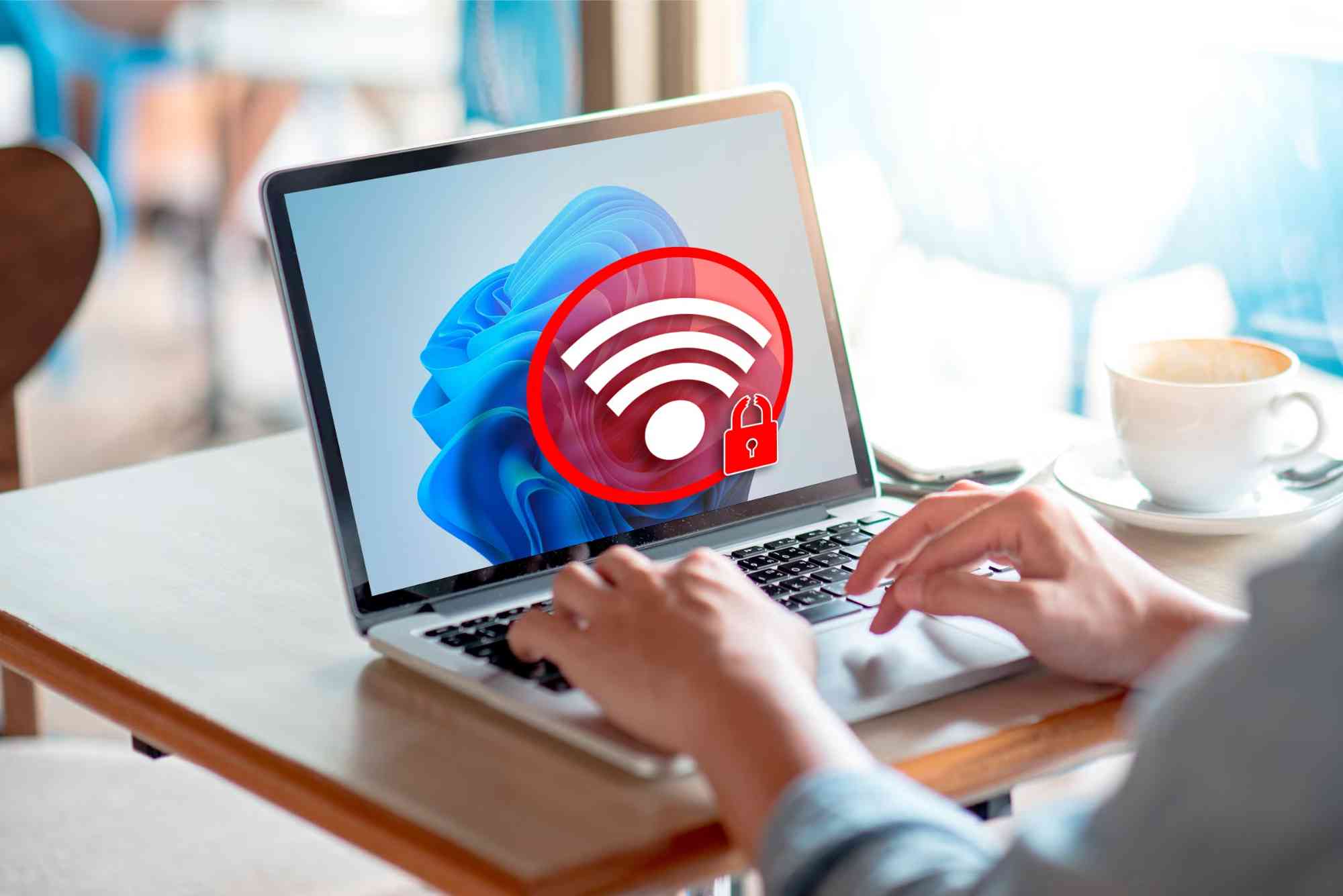Fixing IP Address Issues on Wi-Fi Range Extenders
Wi-Fi range extenders are essential for expanding network coverage, but sometimes they fail to obtain an IP address. This common issue can disrupt your internet access, leaving devices disconnected and frustrating users. Understanding why a Wi-Fi range extender not getting IP address occurs and knowing how to resolve it ensures uninterrupted connectivity throughout your home or office.
IP Address Issues on Wi-Fi Range Extenders
A Wi-Fi range extender relies on a valid IP address to communicate with your router and connected devices. When it cannot obtain one, it cannot transmit data, effectively leaving the network dead in the extended area. Several factors contribute to this problem, including network configuration conflicts, DHCP issues, and firmware inconsistencies. Recognizing the cause is the first step toward a permanent solution.
Common Causes of IP Address Problems
IP conflicts occur when multiple devices on the network share the same IP, confusing the router. DHCP (Dynamic Host Configuration Protocol) errors prevent the router from assigning IP addresses correctly. Additionally, outdated firmware or incorrect Wi-Fi settings on the extender can block IP acquisition. Environmental factors like interference from other wireless devices or routers operating on the same channel may also impact connectivity.
Solutions for Wi-Fi Range Extender Not Getting IP Address
Fixing a Wi-Fi range extender not getting IP address requires systematic troubleshooting. Begin with basic checks and gradually move to advanced settings to restore proper network functionality.
Restart Your Devices
Power cycling your router and extender is the simplest solution. Turn off both devices and wait for one to two minutes before powering them back on. This allows the DHCP server to refresh and often resolves temporary IP conflicts.
Check the DHCP Settings
Ensure your router’s DHCP server is active. DHCP assigns IP addresses automatically to connected devices. If it’s disabled or configured incorrectly, the extender cannot receive an IP. Access the router’s settings via its admin panel and verify DHCP is enabled and has a sufficient IP range for all devices, including your extender.
Assign a Static IP Address
Sometimes, assigning a static IP to the Wi-Fi range extender resolves persistent issues. Log in to the extender’s management interface and manually enter an IP address outside the router’s DHCP range. This ensures no conflicts with other devices and allows the extender to maintain a stable connection.
Update Firmware
Outdated firmware may cause compatibility issues, including failure to obtain an IP address. Check the manufacturer’s website for the latest firmware and follow their instructions to update. Firmware updates often improve device stability, fix bugs, and enhance overall network performance.
Reset the Wi-Fi Range Extender
If problems persist, resetting the extender to factory settings can help. Press the reset button for several seconds until the LED indicators flash. Reconfigure the device from scratch and ensure it connects to your router correctly. A clean setup often resolves hidden configuration conflicts.
Adjust Wi-Fi Settings
Ensure the extender is connected to the correct Wi-Fi network and uses the right security protocol. Mismatched encryption types, such as WPA3 on the extender and WPA2 on the router, may prevent IP acquisition. Aligning these settings ensures seamless communication.
Check Router and Extender Compatibility
Some older routers may have compatibility issues with modern range extenders. Confirm that both devices support the same frequency bands, such as 2.4 GHz or 5 GHz, and that no limitations are preventing IP assignment. Upgrading the router or extender may be necessary in extreme cases.
Minimize Interference
Physical obstacles, other wireless devices, and overlapping Wi-Fi networks can interfere with signal transmission. Place the extender within a clear line of sight of the router and away from devices like cordless phones and microwaves. Proper positioning improves connection stability and ensures the device receives a valid IP address.
Test Network with a Different Device
Sometimes, the issue may lie with the extender rather than the network. Connect another device to the same Wi-Fi network to check for connectivity issues. If the secondary device works correctly, the problem likely stems from the extender’s configuration or firmware.
Advanced Troubleshooting Techniques
For users comfortable with technical settings, several advanced techniques can help resolve IP address issues efficiently.
Modify Router IP Range
Expanding the DHCP range on your router can prevent conflicts and ensure the extender receives a unique IP. For example, if your current range is 192.168.1.2 to 192.168.1.50, increasing it to 192.168.1.2 to 192.168.1.100 can accommodate more devices and reduce connectivity errors.
Enable Bridge Mode or Access Point Mode
Some extenders offer bridge or access point modes, allowing direct IP assignment without relying on DHCP. Activating this feature can stabilize connections and prevent repeated failures in IP acquisition.
Check MAC Address Filtering
Routers with MAC address filtering may block new devices from receiving an IP. Ensure the extender’s MAC address is allowed in your router’s security settings. Adding it manually guarantees proper access.
Monitor IP Conflicts
Use network monitoring tools to identify devices with duplicate IPs. Conflicting IP addresses are a common cause of connection problems. Resolving conflicts ensures each device, including your Wi-Fi range extender, has a unique IP.
Contact ISP or Support
If all else fails, contact your internet service provider. Sometimes network-level issues or misconfigurations prevent the extender from obtaining an IP. Providers can check settings remotely or offer device-specific guidance. In Pakistan, services like Dhanote Internet Services provide technical assistance and expert advice for resolving such network issues efficiently.
Preventing Future IP Address Issues
Prevention is always better than troubleshooting. Keep firmware up to date, maintain a clear DHCP range, and avoid overlapping IP addresses. Regularly check your network for interference and ensure all devices follow compatible protocols. Proper management reduces the likelihood of encountering the dreaded “Wi-Fi range extender not getting IP address” problem.
Optimize Network Placement
Position extenders strategically to avoid interference from walls, appliances, or other electronic devices. Optimal placement ensures stable signal reception and consistent IP assignment.
Schedule Regular Reboots
Automatic reboots of routers and extenders can help refresh IP allocations. Setting a schedule reduces minor connectivity issues before they escalate.
Maintain Documentation
Keep a record of IP assignments, MAC addresses, and device configurations. In case of future issues, this documentation makes troubleshooting faster and more efficient.
A Wi-Fi range extender not getting IP address can disrupt home or office connectivity, but most issues are solvable with careful troubleshooting. Start with simple steps like restarting devices and checking DHCP settings, then move to advanced fixes like static IP assignment and firmware updates. Regular maintenance and monitoring prevent future problems. Following these guidelines ensures a stable, high-speed network throughout your environment.
For reliable technical support and expert guidance on resolving Wi-Fi issues, you can reach out to Dhanote Internet Services, ensuring your network remains fast and dependable. Don’t let a minor IP problem slow you down—take action now and restore seamless connectivity.
FAQs
Why is my Wi-Fi range extender not getting an IP address?
This can happen due to DHCP conflicts, outdated firmware, incorrect Wi-Fi settings, or interference from other devices.
How do I assign a static IP to a Wi-Fi extender?
Access the extender’s management panel, choose a unique IP outside the router’s DHCP range, and save the settings.
Can firmware updates fix IP address issues?
Yes. Updating firmware resolves bugs and improves compatibility, often fixing IP acquisition problems.
Do I need to reset my extender if it’s not getting an IP?
If other solutions fail, resetting the extender to factory settings often resolves configuration conflicts.
Will placing the extender closer to the router help?
Yes. A better signal reduces interference and increases the chances of obtaining a stable IP address.
Is MAC address filtering a reason for IP issues?
Yes. If the router blocks unknown MAC addresses, the extender may not receive an IP. Adding its MAC manually fixes the problem.








